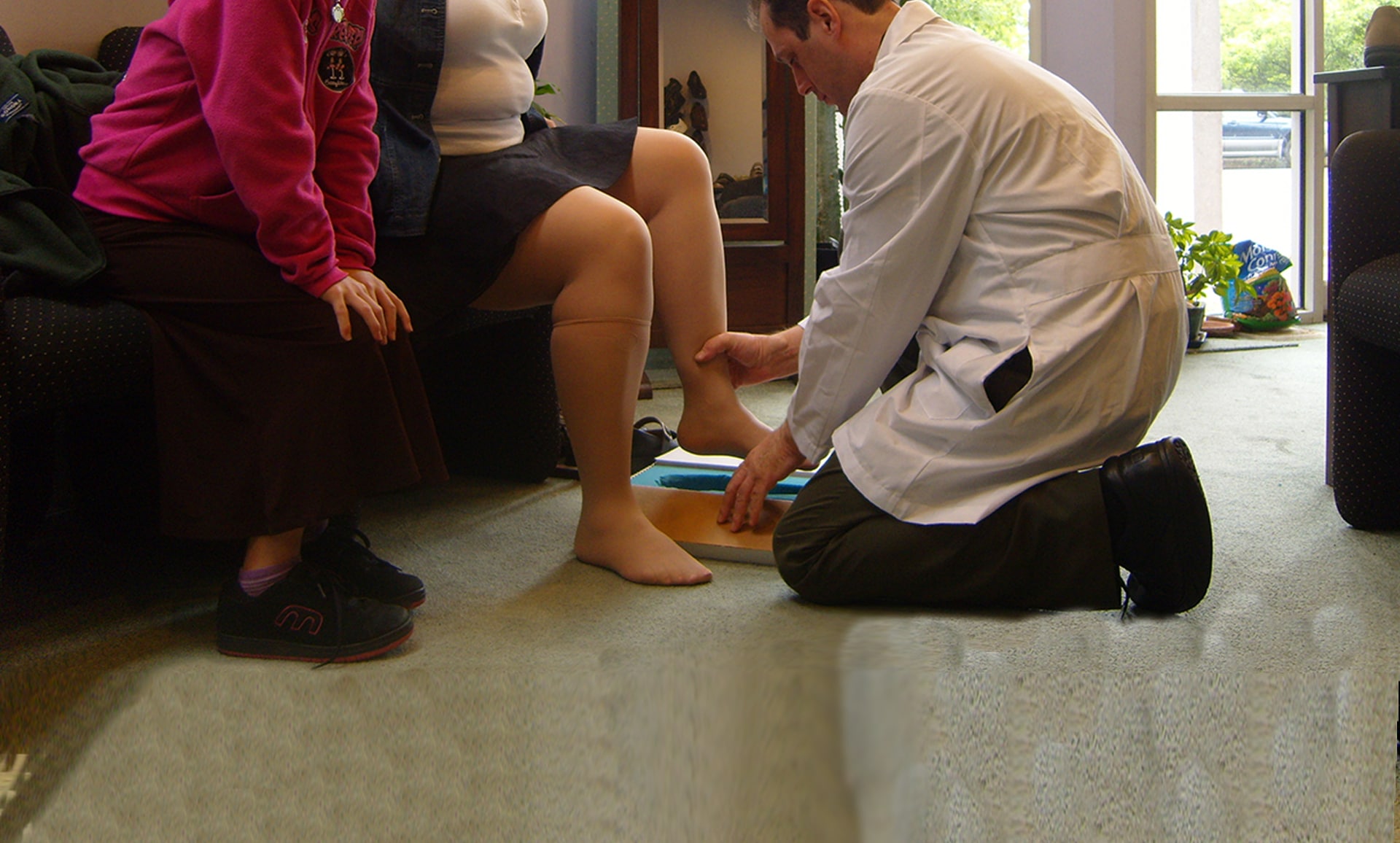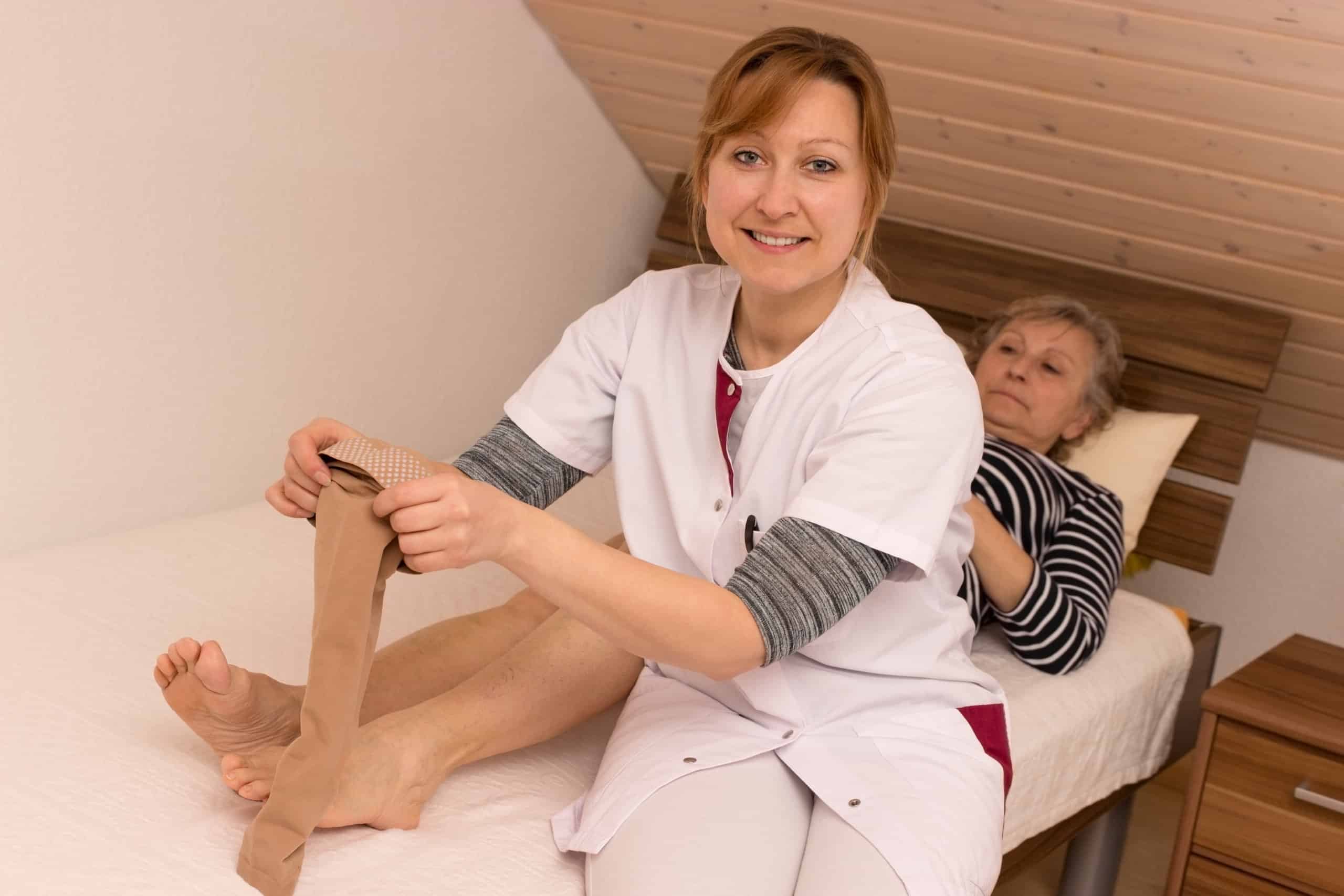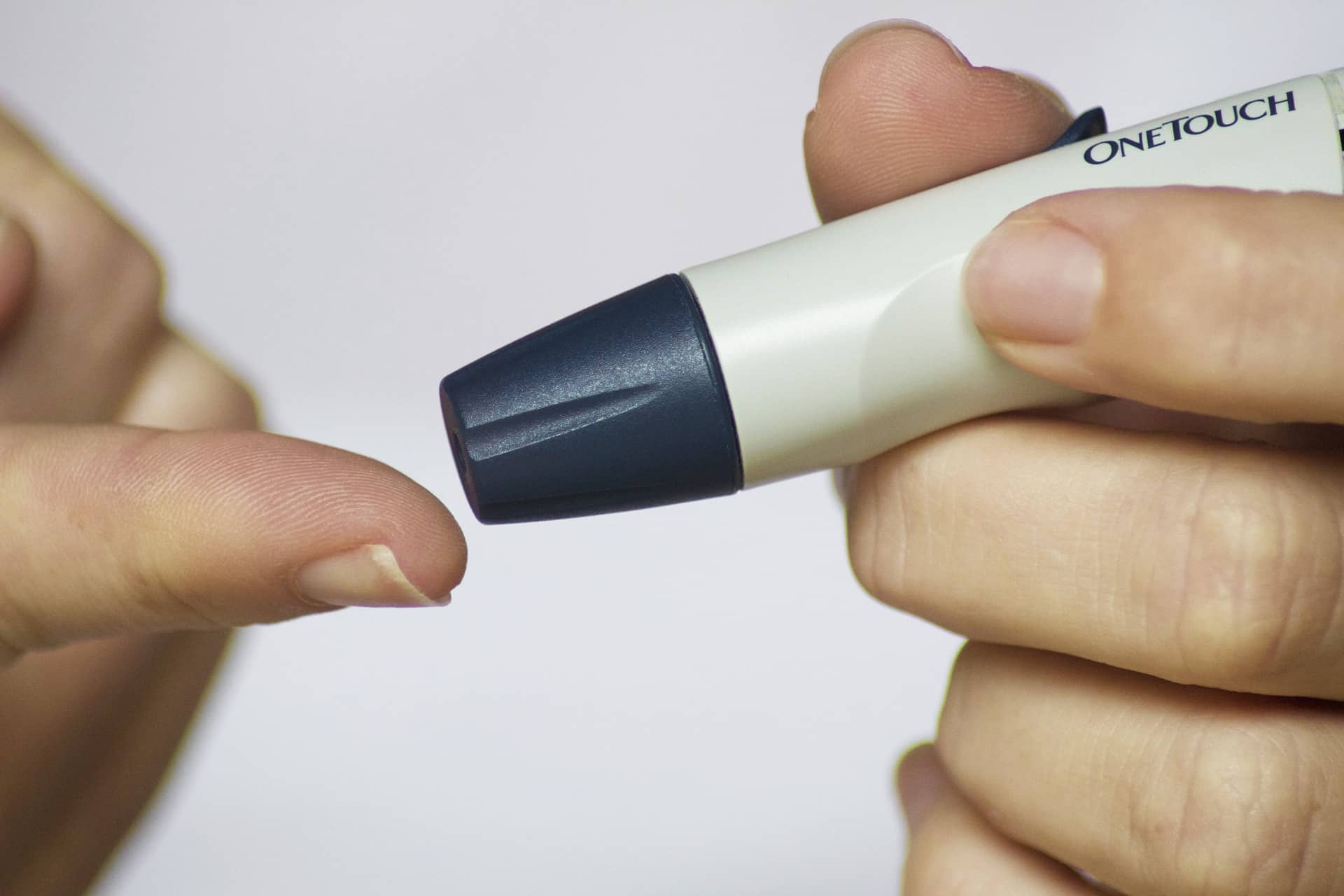How Off Loading Footwear Works
Recovering from surgery and wounds can be a long and painful process as your feet are incredibly sensitive and prone to swelling, particularly after an injury, operation or procedure. Special, orthopaedic footwear can help ease and speed recovery. Investing in an off loading wound-care shoe or a post-op shoe can provide ample protection and keep the healing process on track. In this post, we provide a brief introduction to how off loading footwear works to manage diabetic foot injuries and improve the chances of recovery.
General Benefits Of Wound care Footwear
While there are many types of wound care footwear available for a wide spectrum of conditions, the correct choice of off loading footwear can manage diabetic or other foot wounds and increase the chances of recovery. The right piece of off loading footwear will speed your recovery and provide comfort while protecting your feet with a design that can expand and adjust as necessary without adding undue pressure. Special wound care footwear comes with adjustable straps and stretchable sides for easy wear to manage swollen, bandaged or braced feet.
There is a wide selection of closed-toed and open-toed options depending on the nature and severity of the injury. Some wound care footwear will shield and protect the foot, while other types offer support and structure so your foot heals correctly. Wound care footwear can also provide pain relief and mitigate pressure on the foot. This will provide all day relief while the patient is performing daily tasks such as walking and standing.
An effective boot will also promote blood circulation, and this will in turn accelerate healing. Critically, it should strike a good balance between providing support and offering sufficient flexibility for a comfortable fit. The best wound-care shoe or post-op shoes will also offer slip-resistant outsoles, an adjustable and semi-rigid insole and extra padding.
Other wound care footwear features include tough toe guards to protect tender toes from bumps and other mishaps and special insoles for taking pressure off wounds or ulcerations on the foot.
How Off Loading Footwear Works To Treat Diabetic Wounds
Foot ulcers are common complications of poorly controlled diabetes, forming as a result of skin tissue breaking down and exposing the layers underneath. They’re most common under the big toes and the balls of the feet, and they can affect feet down to the bones. Due to the increasing prevalence of diabetes worldwide, this is perhaps the most important of the reasons to use off loading footwear.
To understand how off loading footwear works and why it is a good choice for treating of open and closed ulcerations and other diabetic conditions of the foot, it is important to understand that it redistributes weight away from the injured areas of the foot. These shoes have a circumferential counter that forms a deep pocket in the sole. This permits the use of a variety of insoles under the ulceration or other sensitive or injured area. The doctor will place the insole material below the level of the top of the circumferential counter. This provides greater stability for the foot by preventing the layered insoles from shifting within the shoe. In addition to the wound care benefits, this type of footwear can improve the patient’s ergonomic walking pattern.
In a future post, we will examine how off loading footwear works to treat other types of foot injuries such as post surgical wounds, and how it increases the chances of complete recovery from these injuries.




